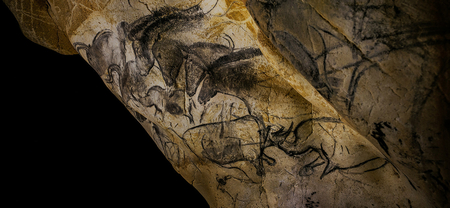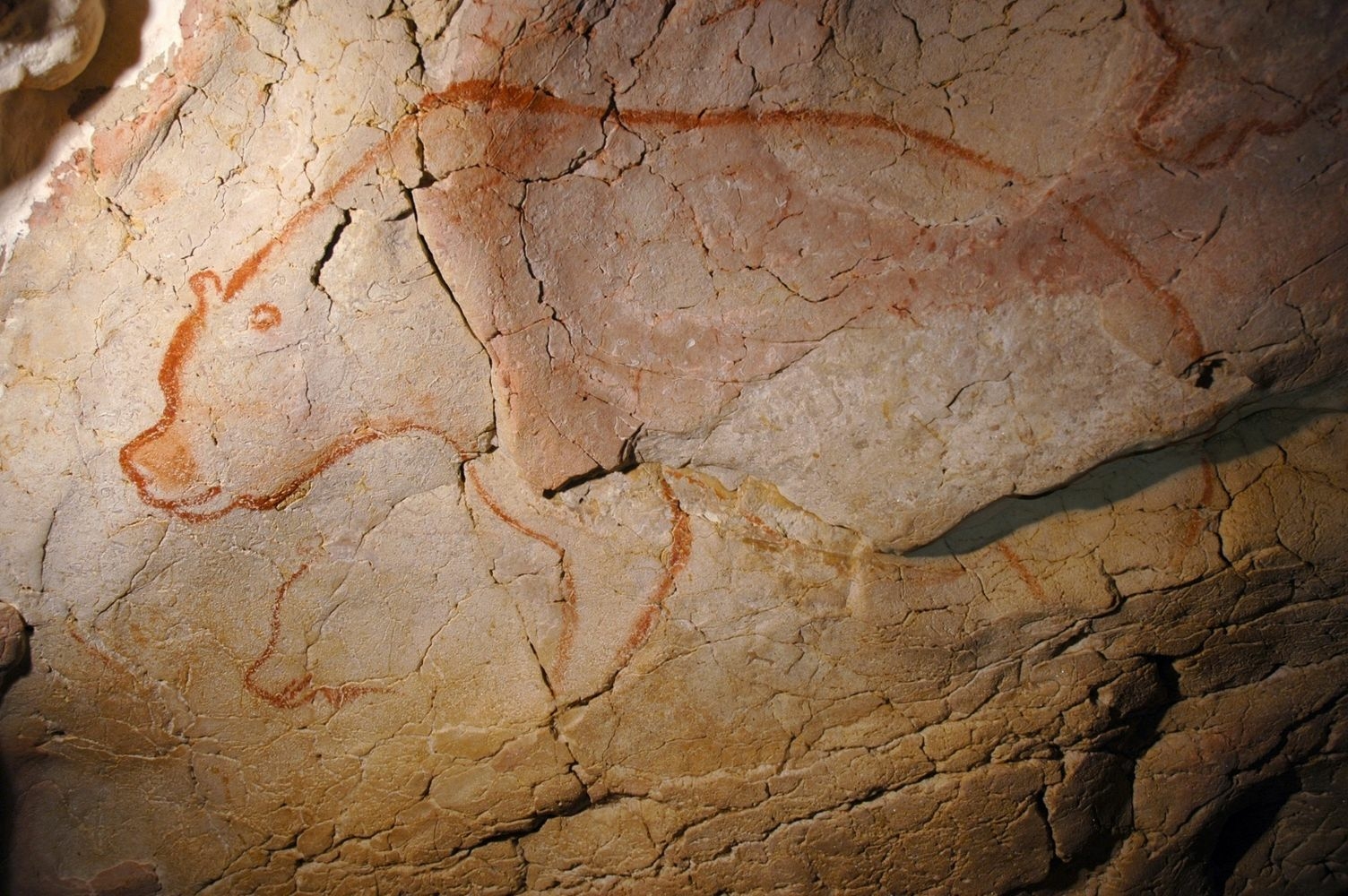Virtual visit of the grotte Chauvet-Pont d'Arc

Discovered on Sunday 18 December 1994 by Jean-Marie Chauvet, Éliette Brunel and Christian Hillaire on a private speleological expedition, the Cave of Pont d’Arc, known as Grotte Chauvet-Pont d’Arc, is one of the oldest decorated palaeolithic caves in the world.

The site also provides the essential information needed to situate the cave in space and time.
Formed in 1996, a multidisciplinary scientific team of more than fifteen people directed by Jean Clottes and then Jean-Michel Geneste, analyse remains on the floor and walls of the cave, study the formation and evolution of the cavity and the presence of animals and obtain information for absolute dating, using varied and complementary methods. Thanks to their multifaceted approach, the team has been able to prove that this exceptional archaeological site contains the oldest palaeolithic wall drawings in Europe.
Since it opened in Spring 2015, its replica has welcomed more than 600,000 visitors a year, underlining the interest shown by the public in these decorated caves.
“This is a slap in the face for received ideas… the cliché of cavemen that reduces them to an animal skin and a club. It is becoming clear, thanks to these paintings, that the people who made them were as sensitive as the most evolved human beings today."Roger Lombardot La Rose, Les Cahiers de l’Égaré, 2003
Listen to the programme The Grotte Chauvet, palace of memories (in French) by Jean-Michel Geneste, Jean-Jacques Delannoy, broadcast on 19/09/2020
Discover another exceptional cave, the Grotte de Lascaux, 19, 000 years ago.
Please send requests for images of the Grotte Chauvet-Pont d'Arc and French caves and rock shelters more generally to the Centre National de Préhistoire.